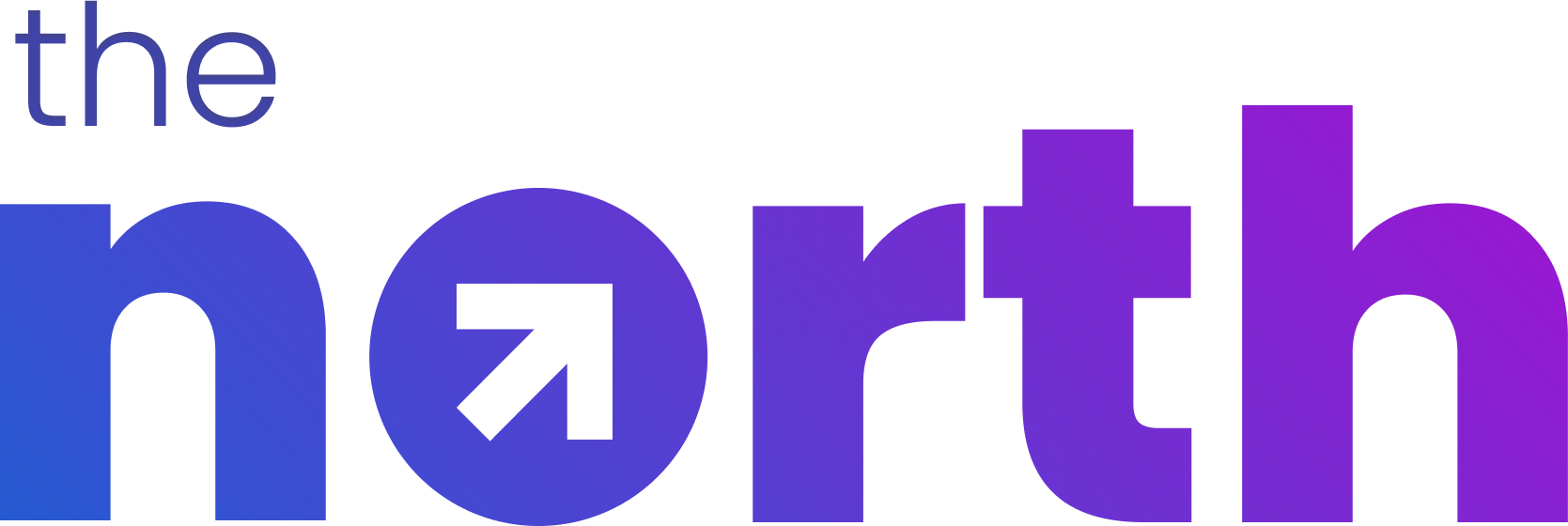Understanding key performance indicators (KPIs) and objectives and key results (OKRs) is crucial for any organization that is serious about its strategic growth. These are highly efficient tools designed to track progress, align team efforts, and propel business growth.
In this blog post, we’ll dive deep into OKRs and KPIs and outline some practical examples that will enhance your understanding of their differences and application.
What are KPIs?
KPIs (Key Performance Indicators) are quantifiable measures used to evaluate the success of an organization, a specific project, or a particular activity in which it engages. KPIs are valuable for establishing and monitoring progress toward corporate goals or objectives.
KPI Example:
Consider an e-commerce company with the goal of increasing revenue. A relevant KPI might be the “monthly sales growth,” monitored over a specific period. The organization then sets a target, for example, to achieve a 15% increase in monthly sales growth over the next quarter.
What are OKRs?
OKRs (Objectives and Key Results) is a popular management strategy for setting and tracking objectives and their outcomes. The main purpose of OKRs is to connect the company, team, and individual’s goals to measurable results, driving all actors in one unified direction.
OKR Example:
Take the same e-commerce company. An OKR for them might be to “Improve customer satisfaction to increase loyalty and repeat purchases.” The corresponding Key Results could be:
- “Increase customer satisfaction score from 7 to 9 out of 10 by the end of Q4.”
- “Reduce customer complaint emails by 30% by the end of Q4.”
- “Achieve a repeat purchase rate of 60% by the end of Q4.”
The Core Difference between KPIs and OKRs
While KPIs and OKRs may seem similar, the key difference lies in their application. KPIs are measures used to track performance over time and often indicate “business as usual.” On the other hand, OKRs are used to implement new strategies or change direction, providing ambitious, clear, and time-bound objectives with measurable results.
KPIs tend to be used in ongoing processes, focusing on maintaining and incrementally improving existing systems. On the other hand, OKRs are usually more transformative, designed to push teams beyond their comfort zone to achieve substantial progress.
Further KPI and OKR Examples:
- In a manufacturing company, a KPI could be “Reduce machine downtime to less than 5%.” The corresponding OKR could be “Implement a new preventive maintenance program.” The Key Results would then include specific metrics, for example, “Reduce unscheduled maintenance instances by 40% by Q2” and “Improve overall equipment effectiveness (OEE) by 20% by Q2.”
- In a marketing department, a KPI could be “Increase website traffic by 20% over the next 6 months.” An OKR could be “Launch a new content marketing strategy.” Key Results might then include “Publish 50 new high-quality blog posts by the end of Q2” and “Achieve an average time on page of 3 minutes by end of Q2.”
How Should You Use KPIs and OKRs?
Given their differences, KPIs and OKRs are best used in tandem. KPIs are valuable for maintaining and gradually improving performance over time, while OKRs are ideal for pushing your organization toward significant advancements and strategic shifts.
For best results, consider your organization’s current needs. If you’re looking to fine-tune your ongoing operations, KPIs might be the way to go. However, if you’re seeking to implement major changes and accomplish ambitious goals, OKRs can be the powerful tool you need.
Remember, both OKRs and KPIs are about more than just setting goals or targets. They’re about aligning your team, fostering collaboration, and creating a results-driven culture that drives your organization toward sustainable growth.
In the end, it’s not about choosing between KPIs and OKRs but understanding when and how to use them effectively in your strategic planning. Through the balanced application of KPIs and OKRs, organizations can maintain their performance while pushing towards exciting new horizons.
